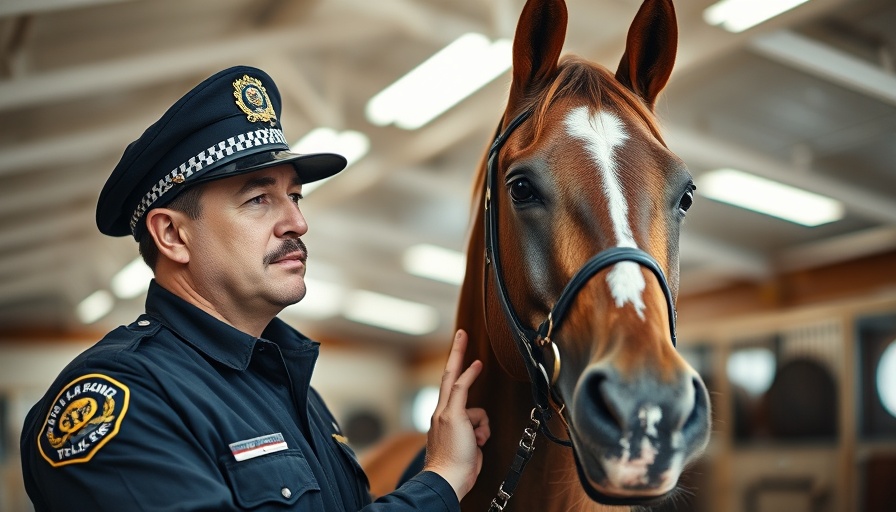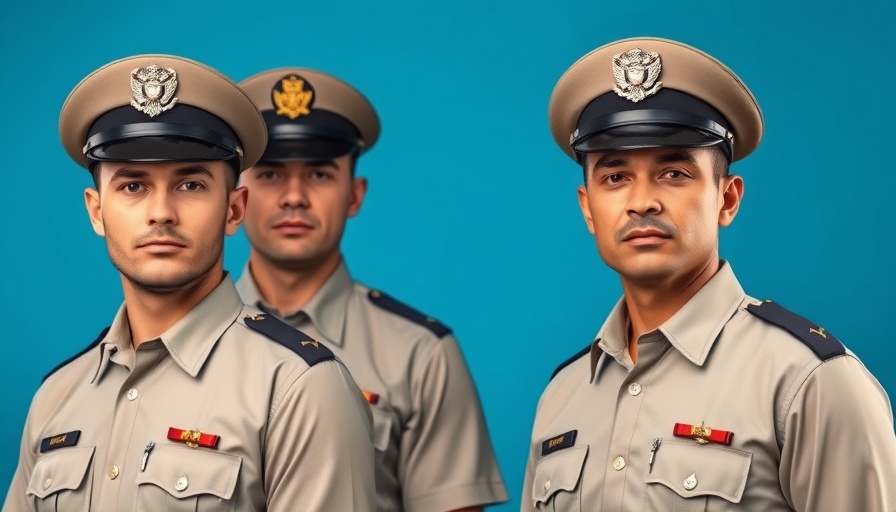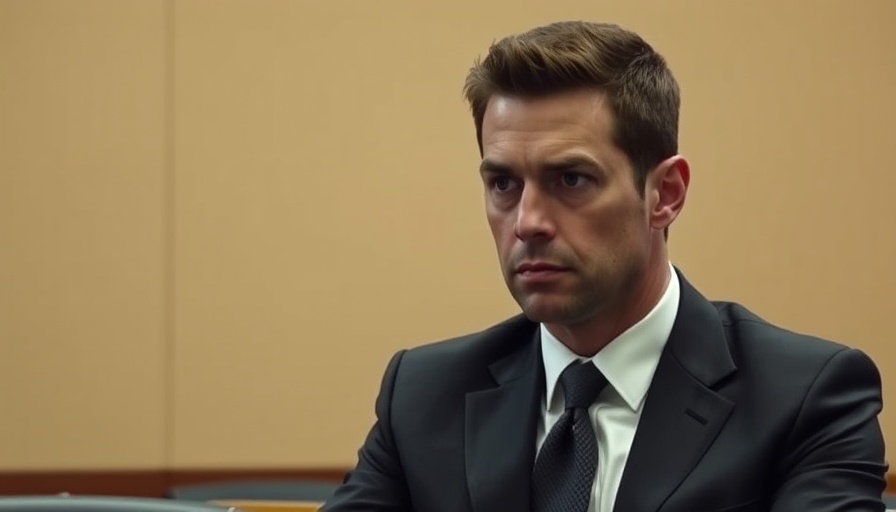
The Heartwarming Partnership: Horses and Officers in Chicago PD
In a chilly morning at the South Shore Cultural Center, the Chicago Police Department’s Mounted Patrol Unit stables come alive as officers prepare for a day of duty alongside their equine partners. The bond formed between these officers and their horses is immensely profound, characterized by what Sgt. Rishi Desai describes as ‘hand to hoof.’ It’s a relationship built on mutual trust, respect, and continuous training that enhances the safety and security of both the officers in the field and the communities they serve.
Nurturing Trust through Training
Training in the Mounted Patrol Unit goes beyond just handling a horse. Each interaction is an exercise in building trust—between the officer and the horse, yes, but also between the police force and the communities they serve. As the horses adjust to the busy environment of urban policing, officers learn to read their body language, understanding distress signals, and cues that reflect their comfort or anxiety. This practice nurtures not just the horses’ abilities but also instills a sense of confidence and teamwork that can transform police-community relations.
The Importance of Officer Wellness
With the physical strain that comes with working in law enforcement, focusing on officer wellness is imperative. The Mounted Patrol Unit prioritizes this; horses demand regular exercise and care, naturally prompting officers to maintain an active lifestyle. This partnership fosters physical fitness and mental well-being, allowing officers like Desai, who affectionately describes his horse Kilroy, to not only engage with their workload but to experience fulfillment and connection.
Reflecting on Traditions and the Future of Policing
Mounted units have historically served as an iconic visual and operational asset to police forces across the globe. As cities evolve and policing faces ongoing scrutiny, the traditional Mounted Patrol remains a poignant reminder of community engagement, showcasing officers in a less intimidating light during patrols at public events, in parks, or during protests—providing more approachable images of law enforcement.
Bridging the Gap: Horses as Community Connectors
Taking Kilroy out on patrol, Sgt. Desai has seen firsthand how these horses become a bridge between police and residents. The gentle nature of the animals offers a sense of comfort and reassures the public, reminding them of the compassionate aspects of law enforcement. These connections not only facilitate a smoother communication channel but can dissipate the often tense dynamics present in urban policing environments.
Building Future Generations of Law Enforcement
Training programs within the department expand in reach, promoting different aspects of police work that resonate with future recruits. As they observe interactions between the officers and mounts, young people may be inspired to join the force, seeing mounted units as a unique pathway in law enforcement careers. These programs emphasize community-oriented policing strategies, aligning with wider initiatives addressing police reforms and enhancing community trust.
Conclusion: The Call for Reform through Connection
The work done in the Mounted Patrol Unit extends beyond the day-to-day duties of watching over the community; it symbolizes hope and progress in a climate that seeks reform. By highlighting the relationship between officers and horses, the Chicago PD illustrates how fostering trust within law enforcement is not just a need, but an obligation. As communities demand accountability and transparency, programs like these remind us of the path to healing that lies in connection. If you are engaged in law enforcement, advocate for programs that promote this bond to rebuild trust and enhance public safety.
 Add Row
Add Row  Add
Add 

 Add Element
Add Element 




Write A Comment